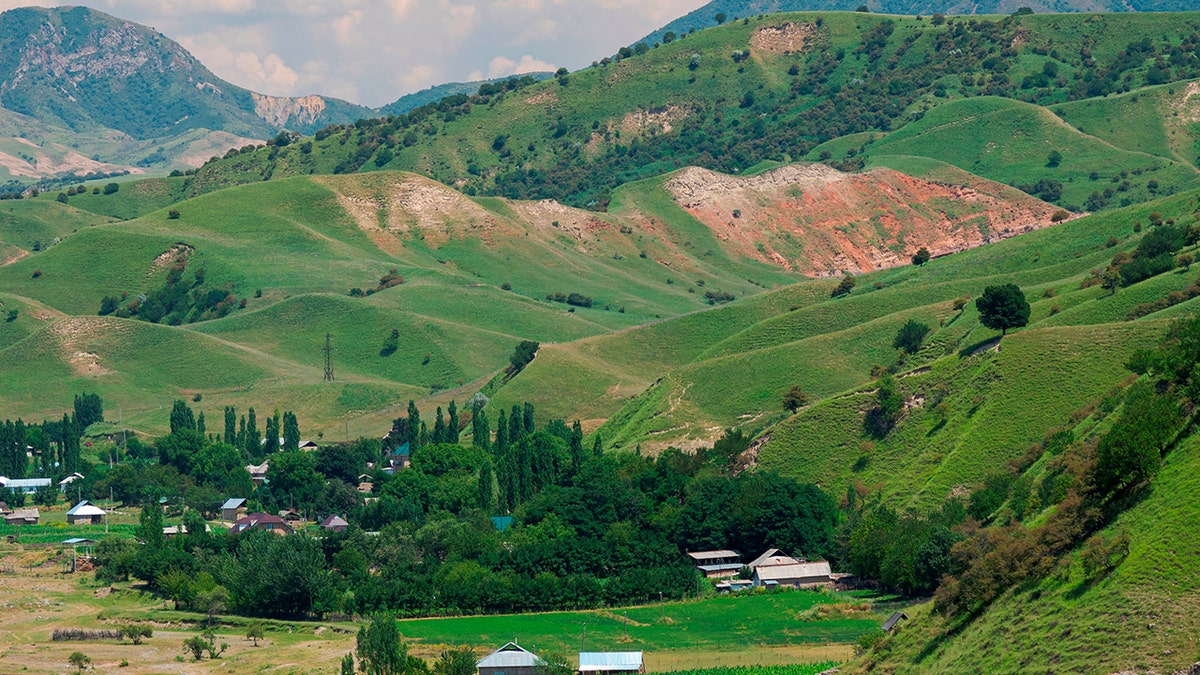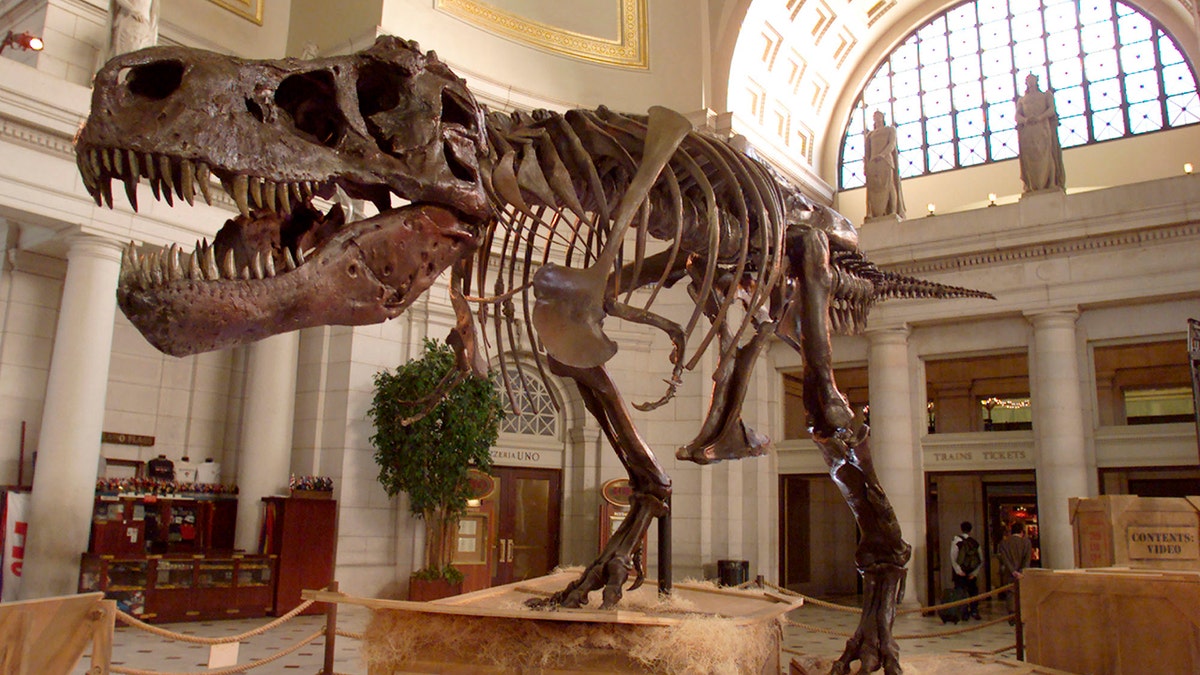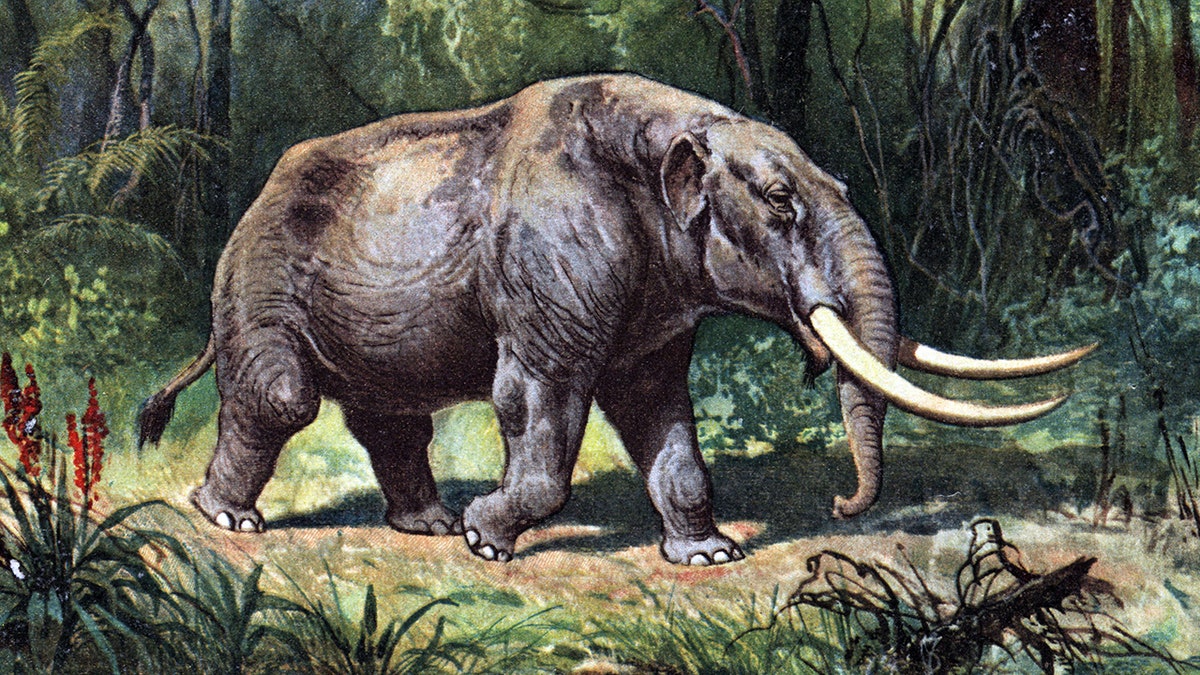Every year, Pluto Day is celebrated across the United States of America (USA) on February 18 to mark the anniversary of the discovery of Pluto. This planet was the former ninth planet of our solar system. It was discovered on February 18, 1930, by Clyde Tombaugh at the Lowell Observatory in Arizona, USA. Pluto’s discovery expanded the understanding of the solar system and sparked decades of astronomical research. Until 2006, Pluto was classified as the ninth planet until 2006, when the International Astronomical Union (IAU) redefined what constitutes a planet, leading to Pluto being reclassified as a dwarf planet. In this article, let’s know more about the Pluto Day 2025 date and the significance of the annual US event. Pluto Atmosphere Pics: NASA Shares Stunning Visuals of the Dwarf Planet’s Hazy Atmosphere Captured by the New Horizons Spacecraft.
Some of us still want to know the answer to why is Pluto no longer a planet. Pluto was reclassified as a dwarf planet in 2006 by the International Astronomical Union because other objects might cross its orbit. Discovered in 1930, Pluto was long considered our solar system’s ninth planet. But after the discovery of similar worlds deeper in the Kuiper Belt, Pluto was reclassified as a dwarf planet in 2006. February 2025 Holidays and Festivals Calendar: Get Full List of Major Events in the Second Month of the Year.
Pluto Day 2025 Date
Pluto Day 2025 falls on Tuesday, February 18.
Pluto Day Significance
Pluto Day is an important annual event in the US that highlights the importance of Pluto’s discovery that expanded our understanding of the solar system and sparked decades of astronomical research. Pluto was named by an 11-year-old girl. In 1930, Venetia Burney of Oxford, England, suggested to her grandfather that the new discovery be named for the Roman god of the underworld. He forwarded the name to the Lowell Observatory and it was selected.
Pluto is orbited by five known moons, the largest of which is Charon and is said to be about half the size of Pluto itself, making it the largest satellite relative to the planet it orbits in our solar system. Pluto and Charon are often referred to as a “double planet.” The only spacecraft to explore Pluto up close was NASA’s New Horizons. It flew by the dwarf planet and its moons in 2015. On this day, space enthusiasts and astronomers reflect on Pluto’s importance in planetary science.
(The above story first appeared on LatestLY on Feb 18, 2025 07:00 AM IST. For more news and updates on politics, world, sports, entertainment and lifestyle, log on to our website latestly.com).






